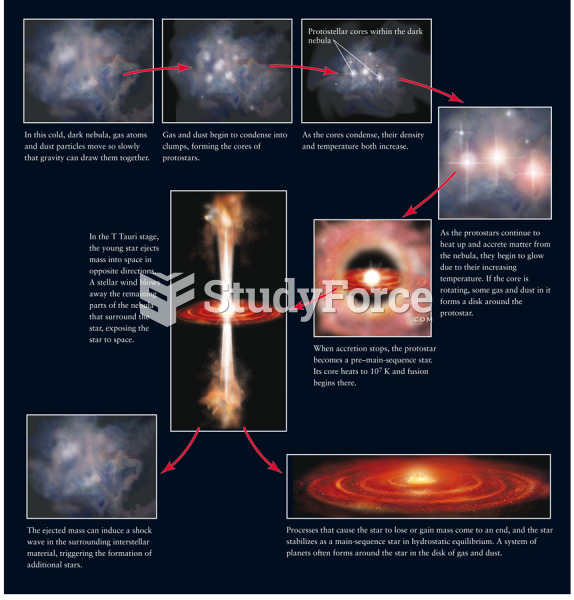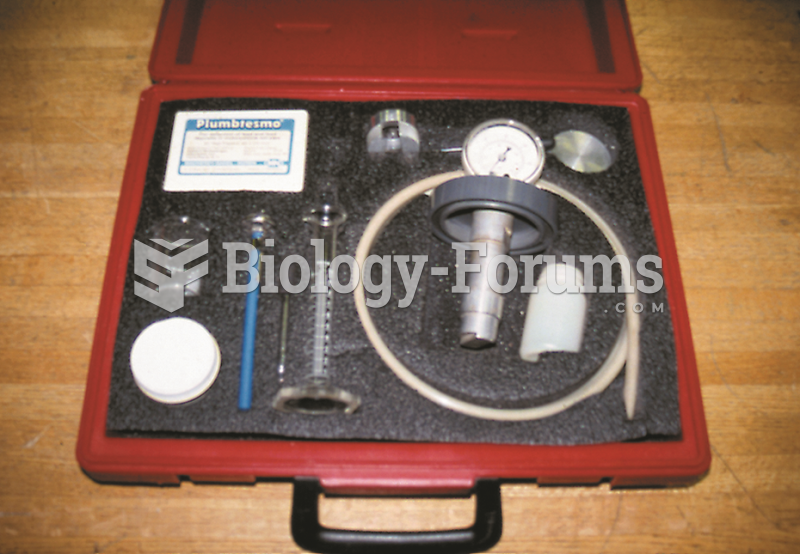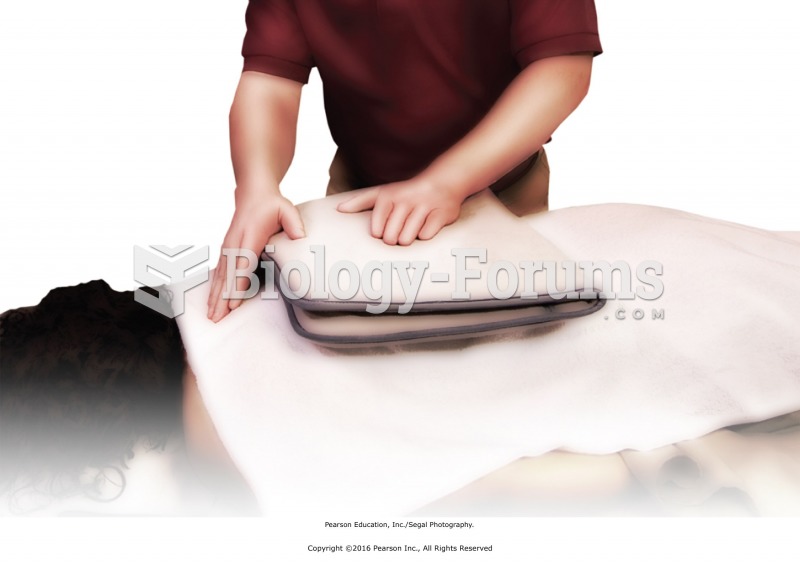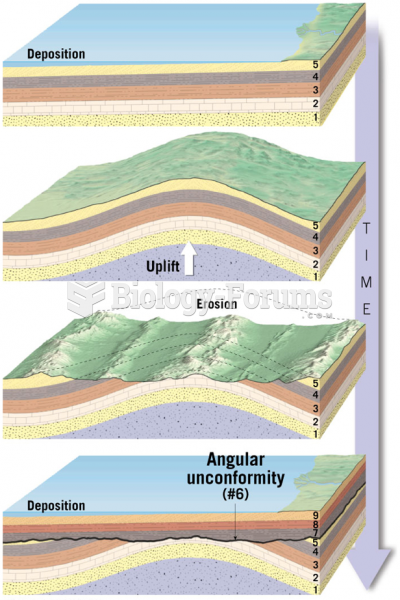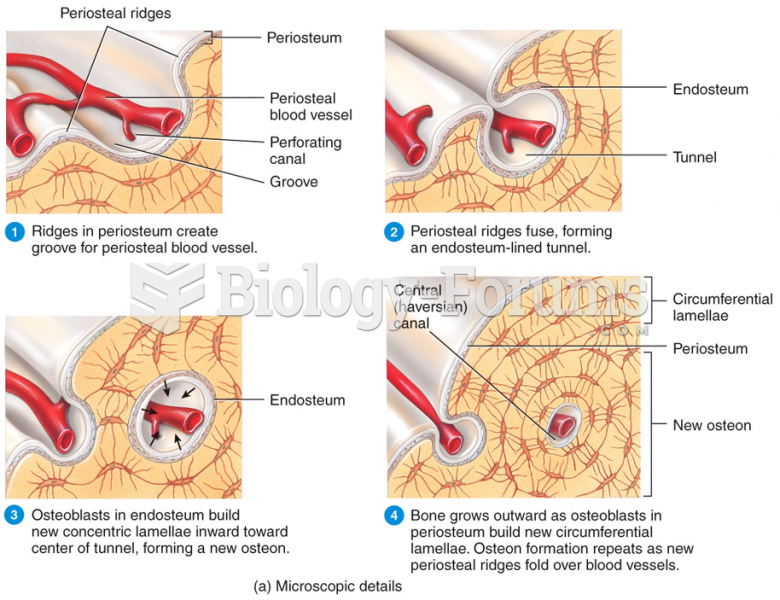The heat of formation of 2-methylpropane is 32 kcal/mol. The heat of formation of butane is 30 kcal/mol. The heat of hydrogenation of 2-methylpropene is 28 kcal/mol. What is the heat of formation of 2-methylpropene?
1.4 kcal/mol
2.2 kcal/mol
3.2 kcal/mol
4.4 kcal/mol
5.60 kcal/mol
Question 2How many degrees of unsaturation are there in the molecule of prizmane?

1.1
2.2
3.3
4.4
5.5
Question 3Which of the following bromides is the major product of the reaction shown below, assuming that there are no carbocation rearrangements?
 Question 4
Question 4Which of the following -bonds participate in hyperconjugation?

1.A and B
2.A and E
3.B and E
4.C and D
5.C and E
Question 5Which statement best describes the energetics of the reaction shown below?
C2H4 + H2 C2H6
1.exothermic with positive activation energy
2.exothermic with negative activation energy
3.endothermic with positive activation energy
4.endothermic with negative activation energy
5.cannot be determined without knowing BDEs
Question 6Which of the alkenes has the most negative heat of hydrogenation?
 Question 7
Question 7What is(are) the double bond configuration(s) in the following compound?

1. E
2. Z
3. E, Z
4. E, E
5. Z, Z
Question 8Consider the reaction between HCl and ethene (the reactants). The carbocation intermediate and the Cl may revert to the reactants or go on to form the product, chloroethane. Which statement about this process is correct?
1.The formation of chloroethane from the carbocation and Cl is the rate limiting process.
2.The structure of the transition state for conversion of the carbocation to chloroethane resembles the product.
3.The carbocation intermediate (and Cl) has energy that is intermediate between the reactants and the products.
4.The intermediate may bond with Cl on either of its two carbons.
5.Based on the Hammond postulate, the carbocation and Cl form the chloroethane faster than they revert to reactants.


